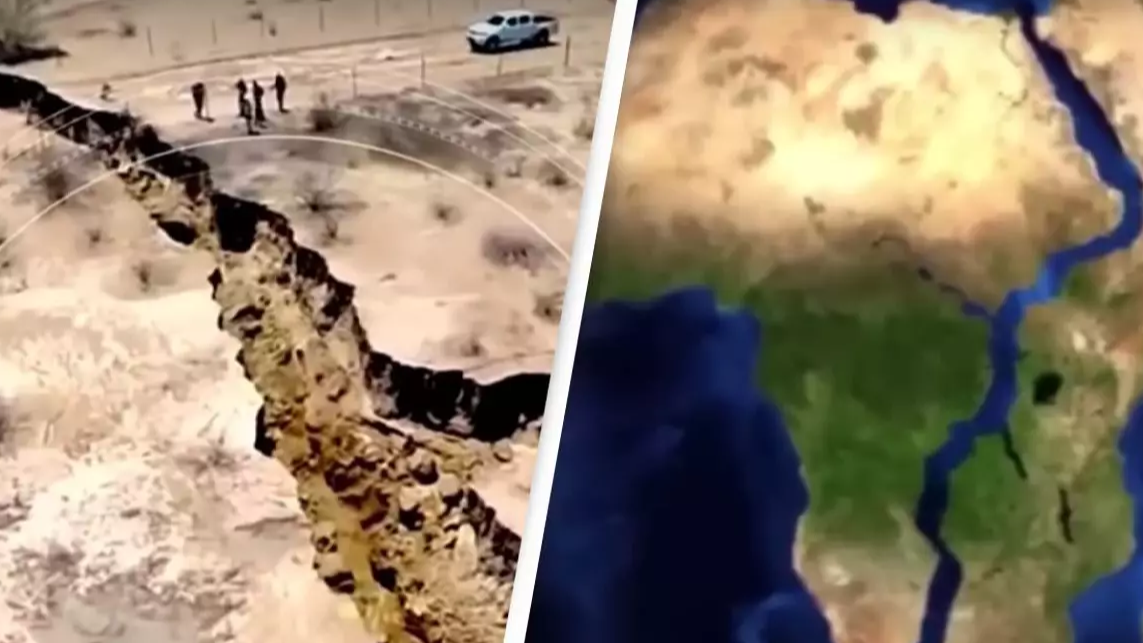The Earth’s geographical landscape is in a state of constant flux with significant changes on the horizon. Geologists have made a groundbreaking discovery indicating the imminent creation of a new ocean, altering the traditional calculation of seven continents and five oceans.

To comprehend the placement of this new ocean, one must delve into the intricacies of the world map. The Earth’s surface has undergone substantial transformations throughout its history, and the future promises further evolution.
This transformative process is currently underway beneath the Horn of Africa where significant shifts within tectonic plates have been observed since 2005. A notable event occurred in the Ethiopian desert, marked by the emergence of a 35-mile-long fissure. These occurrences hint at the gradual division of the African continent into two separate landmasses.
The energy stored within tectonic plates drives these geological movements with the potential to split Africa into distinct segments over the next five to ten million years. This phenomenon could pave the way for the birth of a new continent in East Africa and the creation of a sixth ocean.
The process of ocean formation is intricately linked to the movements of tectonic plates and internal convection within the Earth’s mantle. As rifts develop between tectonic boundaries, magma rises to the surface, eventually cooling and solidifying to form a new oceanic crust. This process unfolds over millions of years, emphasizing the gradual nature of Earth’s geological transformations.
The ongoing shifts in tectonic activity beneath Africa signify the potential emergence of a new ocean and it is reshaping our understanding of Earth’s geographical features. While these changes may unfold slowly over millennia, they underscore the dynamic nature of our planet’s evolution and the continuous processes shaping its surface.
Leave a Reply